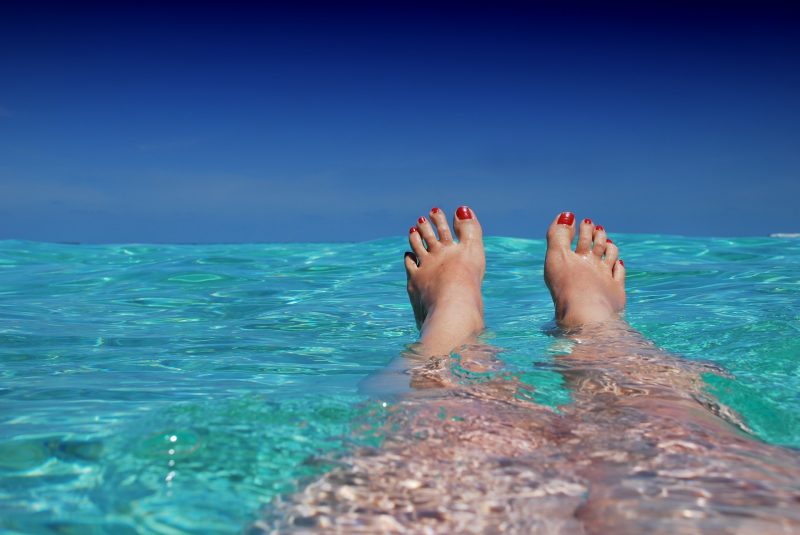Sunscreen: Which is safest to use
Being outdoorsy comes with lots of pros, including fresh air, natural light, and regular exercise. Yet there is also one major disadvantage with being outside all the time: sun exposure. No matter what your skin type or tone, the sun is a significant health risk to everyone.
The solution is not to spend more time inside. Instead, it is to be sure you have a good routine with sunscreen.

In the past, sunscreen was marketed as a preventative for sunburn, which made those who do not burn push it off as something unneeded. But the truth is that everyone is at risk from sun damage and skin cancer.
But how do you know which sunscreen you should be using? You will see that some are better to use than others.
Stick with science
Every now and again, an article will be released by a non-science-based organization that makes claims that what is in sunscreen is dangerous for you. You can read the claims, but remember that none of them have been verified by medical science and are more or less the equivalent of a teenager on a computer coming up with little more than ‘theories’. Read information, but verify sources.
Double coverage
When something says it has “UV protection,” it may not be covering both types of ultraviolet radiation. You should look for a sunscreen that has both UVA and UVB coverage. Both types of radiation can cause skin cancer. Another term for this is when a sunscreen advertises itself as “broad spectrum,” meaning both rays are covered.
Get the right SPF
Sun Protection Factor is the indicator for how effective the sunscreen is at preventing sun damage. The helpful range of SPF is between 15 and 50. No sunscreen can completely filter out the UV rays, which is why any number higher than 50 is not really helping. 15 will filter out 93% of the rays, where 50 filters out 98% of the rays. Children and fair-skinned people will want to go with the higher protection, but regardless of level, it will need to be reapplied every two hours.
Water resistance
The reason that sunscreen isn’t listed as “waterproof,” is that it isn’t yet possible to have a waterproof sunscreen. Getting one with water resistance means that it will still be effective when you are swimming, but it does need to be reapplied twice as often than if you were just outside. Going with a water resistant or sweat resistant one will help ensure you have some coverage no matter what activity you are engaging in.
Active ingredients
There are two types of sunscreen active ingredients. The first is the type that absorbs into your skin, which stops the UV rays from penetrating your skin. These ingredients often include avobenzone and benzophenone. The other type is ingredients that will just sit on the top of your skin to deflect the sun rays. These include titanium dioxide and zinc oxide.
Most sunscreens you see on the shelves provide a combination of the two types, giving you two different types of armor against the sun. All of these ingredients have been extensively tested and proven as effective, and they are safe to use as long as you use them as directed.

Keep in mind that the Skin Cancer Foundation recommends a whole sun protection routine that is more than just sunscreen. They also recommend being in the shade when possible, wearing a wide hat that covers your face, neck, and ears, sunglasses, and, when possible, UV protective clothing.
Have fun outside, but try to remember to do it safely. Your skin will thank you.
If you have any comments then please drop us a message on our Outdoor Revival Facebook page
If you have a good story to tell or blog let us know about it on our FB page, we’re also happy for article or review submissions, we’d love to hear from you.
We live in a beautiful world, get out there and enjoy it. Outdoor Revival – Reconnecting us all with the Outdoors.





